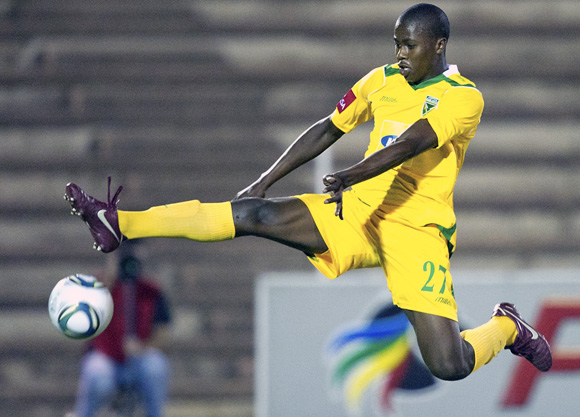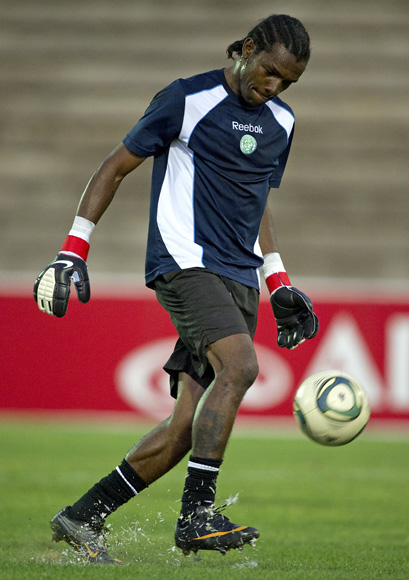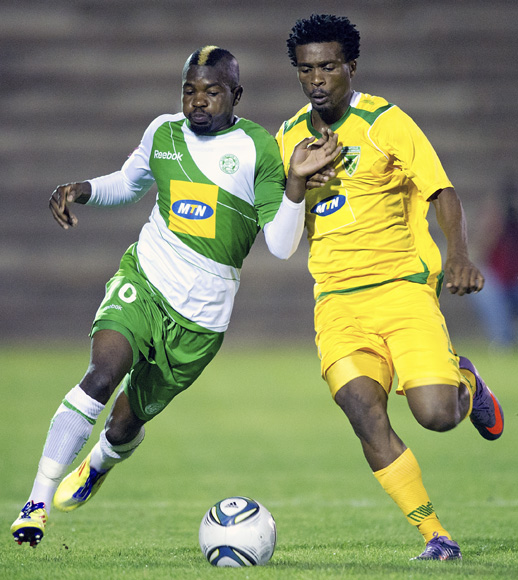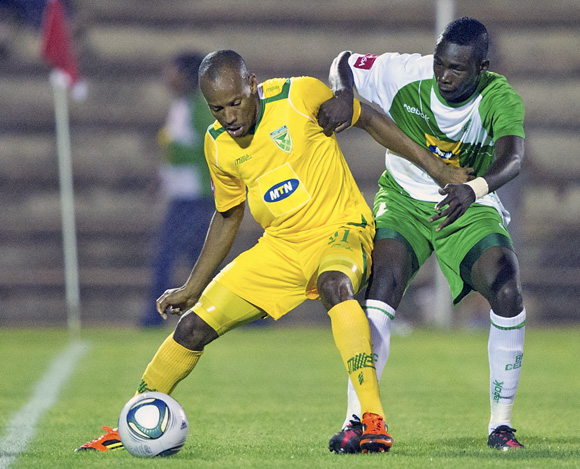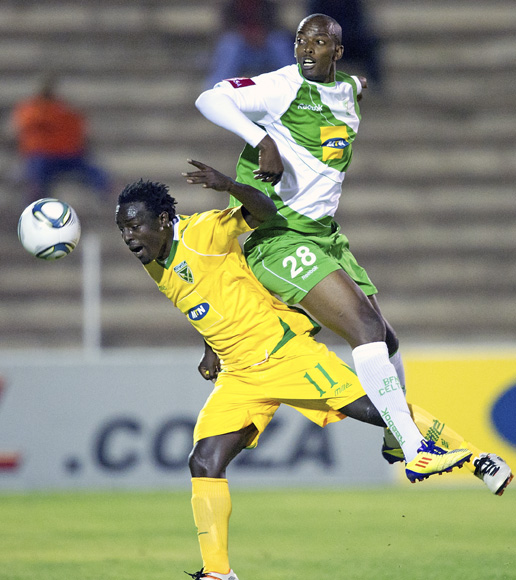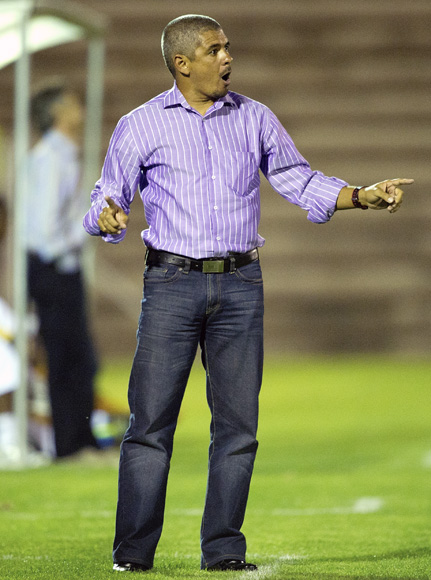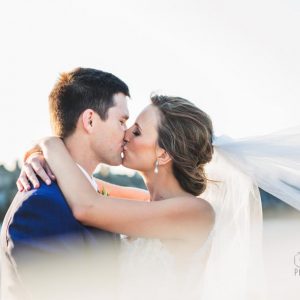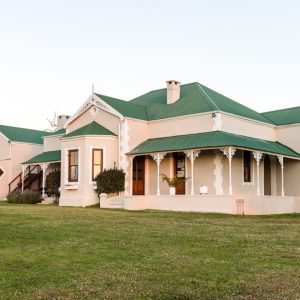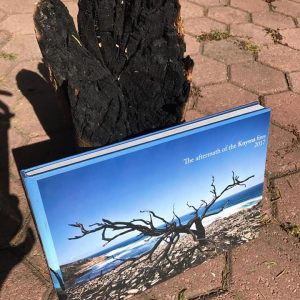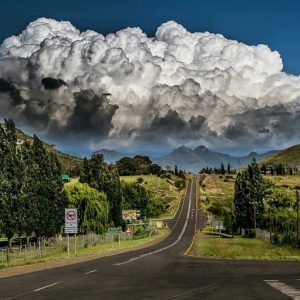The light!!! And by that I don’t mean Golden Light, but floodlights. At the Bloemfontein Celtic v Golden Arrows game in Botshabelo on 15 February all the photographers agreed the light was, well…. challenging!! Sports photography presents you with many opportunities to capture dramatic imagery that will last a lifetime.
No other medium presents you with heart-pounding action, vivid color patterns and unique shooting opportunities. BUT, be prepared to use High ISO!
All photos used in this post was taken with a Nikon D3s and 600mm f4 lens at high iso settings between 4000 and 6400 to keep shutterspeed at 1/800s.
Ideally with sports you need a fast shutter speed, around 1/1000 of a second to freeze the motion of your subjects. During the day, this is simple. At night however, you may need a faster F Stop than your lens is suited for.
Unfortunately this means less light gets in so depending upon how light the field is you might need to slow it down (and then you’ll get blur). To compromise, you increase the ISO of your camera. This now allows your camera to see more light.
ISO – is probably the feature you’ll want to play with the most. The higher the number the lower the light you can shoot in. You can increase your ISO and this will enable you to shoot at faster shutter speeds. The cost is that you’ll get grainier shots (‘noise) the higher you go.
So, how high can you go?
If you are shooting with the latest cameras, such as the Nikon D700, D3, D3s or the newly released D4 you can actually use ISO up to its highest levels and your pictures will still look good. In the past, higher ISO meant more noise in your photos. With newer camera systems, though, pictures look great at any level.

